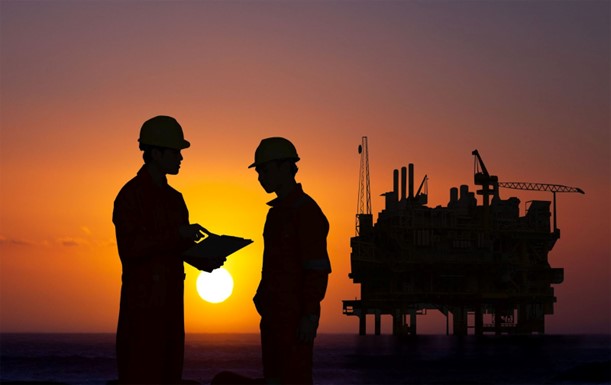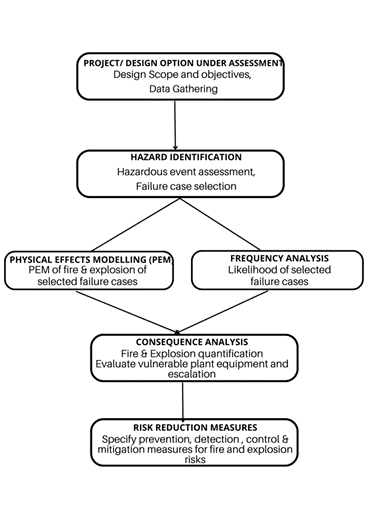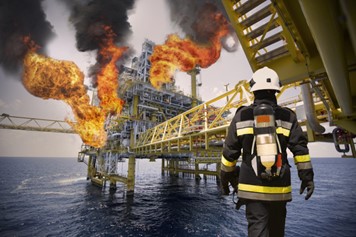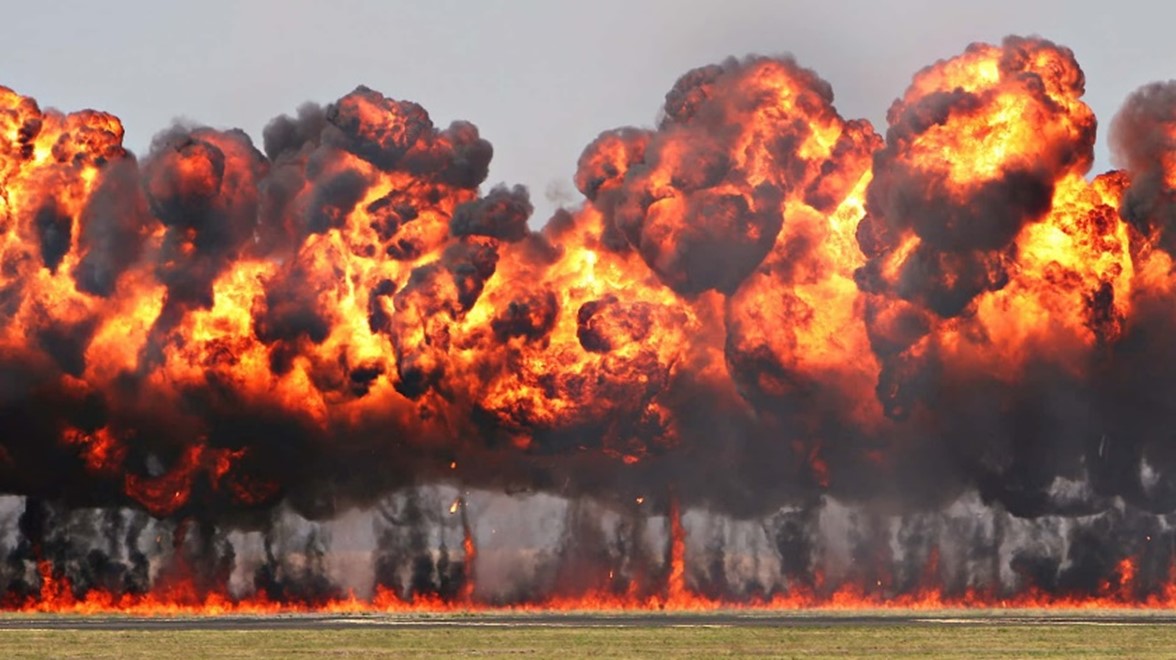Unlocking Safety: Understanding the Fire and Explosion Risk Assessment -FERA Study
- April 24, 2024
- Posted by: Velosi Author
- Categories: HSE, Insights

In the realm of industrial operations, ensuring the safety of employees, centers, and the surroundings is paramount. One of the keyways to achieve this goal is by carefully assessing potential dangers by ensuring the best features & aspects supporting the FERA industry.
Usually, in dangerous industries like oil and gas, where there is a high risk of serious accidents, it is very important to thoroughly assess all the risks. Use the fire and explosion risk assessment tool Fire and Explosion Risk Assessment -FERA to help reduce the dangers in these places. Want to learn more? Read this blog thoroughly till the end & learn something important about your niche.
What is FERA?
Fire and Explosion Risk Assessment -FERA stands as a cornerstone in evaluating and managing hearth and explosion risks inside business settings, substantially within the oil and gas industry. Its main goal is to find and understand potential dangers, study how likely they are to happen, and evaluate how serious their impact would be.
This helps greatly in identifying the common issues that can later become dangerous threats. By doing this, FERA helps organizations to act in advance to prevent or reduce these risks, protecting the environment and surroundings.
Fire and explosion scenarios which are studied in FERA are as below.
- Fire scenarios (jet fire, pool fire, tank fires);
- Explosions (Vapour Cloud Explosion, Dust Explosion, etc.); and
- Escalation (vessel burst, BLEVE, Boilover, etc.).
The primary purposes of FERA Study Follows:
- Identify the fire and explosion hazards on the facility that may pose a risk to personnel, effect the facility equipment, and may escalate to other parts of the facility
- Quantification of fire and explosion risks arising from loss of containment
- Determine the acceptability of the calculated fire and explosion risk at the facilities and identification of the key fire and explosion risk contributors. Risk contributors needs to be identified by the source and location
- Assess the benefit of existing and possible inherently safe, prevention, detection, control, and mitigation measures for identified fire and explosion scenarios
- Comparing fire and explosion risks of the design options being considered. This helps identifying design options with low risk, and selecting the option which is best from a risk
- For the Brownfield project the purpose of the FERA is to assess the new fire and explosion risks due to plant modification and to arrive at the cumulative risk of the new and existing facilities. In such a project the risk from the new facilities will not be assessed separately, it will be assessed in relation to the existing risk at the facility, and in particular the process facilities adjoining to the new facilities
- Provide clear and unambiguous recommendations for risk reduction where necessary, to ensure that the facilities fire and explosion risks are controlled within acceptable limits.
Methodology of Fire and Explosion Risk Assessment –FERA
Inspecting for fire and explosion risks involves following a set of steps to thoroughly assess the dangers. The method usually begins by gathering lots of information about the facility layout, equipment, materials, and how things are done. Experts share different tricks & tips to ensure the best outcomes depending on your protection needs.
Finally, advanced methods for analyzing potential dangers, like identifying risks and predicting their impact, are used to measure how different situations can affect things. With this system, FERA helps us understand the weaknesses of the operation and gives us advice on how to manage risks effectively.

Key Findings from FERA Studies
The wealth of information collected via FERA studies gives profound insights into the nature and importance of fireplace and explosion risks across numerous commercial sectors. From refineries to offshore structures, common danger factors which include gadget malfunction, human blunders, and flammable materials turn out to be recurrent themes. These findings show how important it is to have strong protection rules and always be careful to reduce potential dangers.
Importance of Fire and Explosion Risk Assessment –FERA in Risk Mitigation
FERA is an important part of keeping risks under control. By providing updated risk assessments & safety measurements, it ensures the protection of the oil & gas plant a all costs. Moreover, it helps organizations find and fix problems before they become big threats such as preventing the buildup of toxic gases which can cause explosions.
In general, Businesses can use the results of FERA studies to make improvements to their safety measures, like better equipment and procedures for emergencies. Also, FERA assists people make better decisions by giving them a thorough understanding of the potential risks in their work. For a professional oil & gas industry, FERA plays a critical role that ensures the safety of the place, and people, & plans for the desired outcome to be completed.
Challenges & Limitations
Despite how well it works, doing FERA studies comes with its challenges. There are always some difficulties when you are trying to set up the protection measurements & rules. However, there are not enough statistics available in far away or complicated places, which makes it hard to accurately assess the risk.
Additionally, the dynamic nature of industrial operations necessitates ongoing reassessment and version of threat mitigation techniques. Furthermore, FERA studies can also face inherent barriers in predicting rare or unexpected events, underscoring the need for holistic hazard control procedures.
Future Directions
As technology continues to evolve, so too does the landscape of FERA methodologies. New technology like advanced data analysis, artificial intelligence, and remote sensing can make risk assessment more accurate and efficient.
Expert analysis of oil & gas can assist you perfectly while determining the future directions according to the FERA studies. Additionally, researchers are trying to improve current models and find new warning signs to make Fire and Explosion Risk Assessment -FERA studies more thorough and accurate.
Conclusion
In conclusion, FERA stands as a vital tool inside the arsenal of protection specialists, empowering organizations to proactively discover, examine, and mitigate fire and explosion dangers in commercial settings. Depending on the needs of this place, the experts design the perfect FERA studies that cover all the needs of the workers & ensure the proper safety for the best outcome.
Because the industry navigates increasingly more complicated operational landscapes, endured investment in FERA, research is vital to safeguarding fitness, protection, and the environment. With the assistance of embracing the concepts of FERA, businesses can strengthen their resilience against capacity risks and uphold their commitment to the well-being of their workforce and surrounding communities.
Stay connected for more blogs!
Please contact us for more information and assistance.




